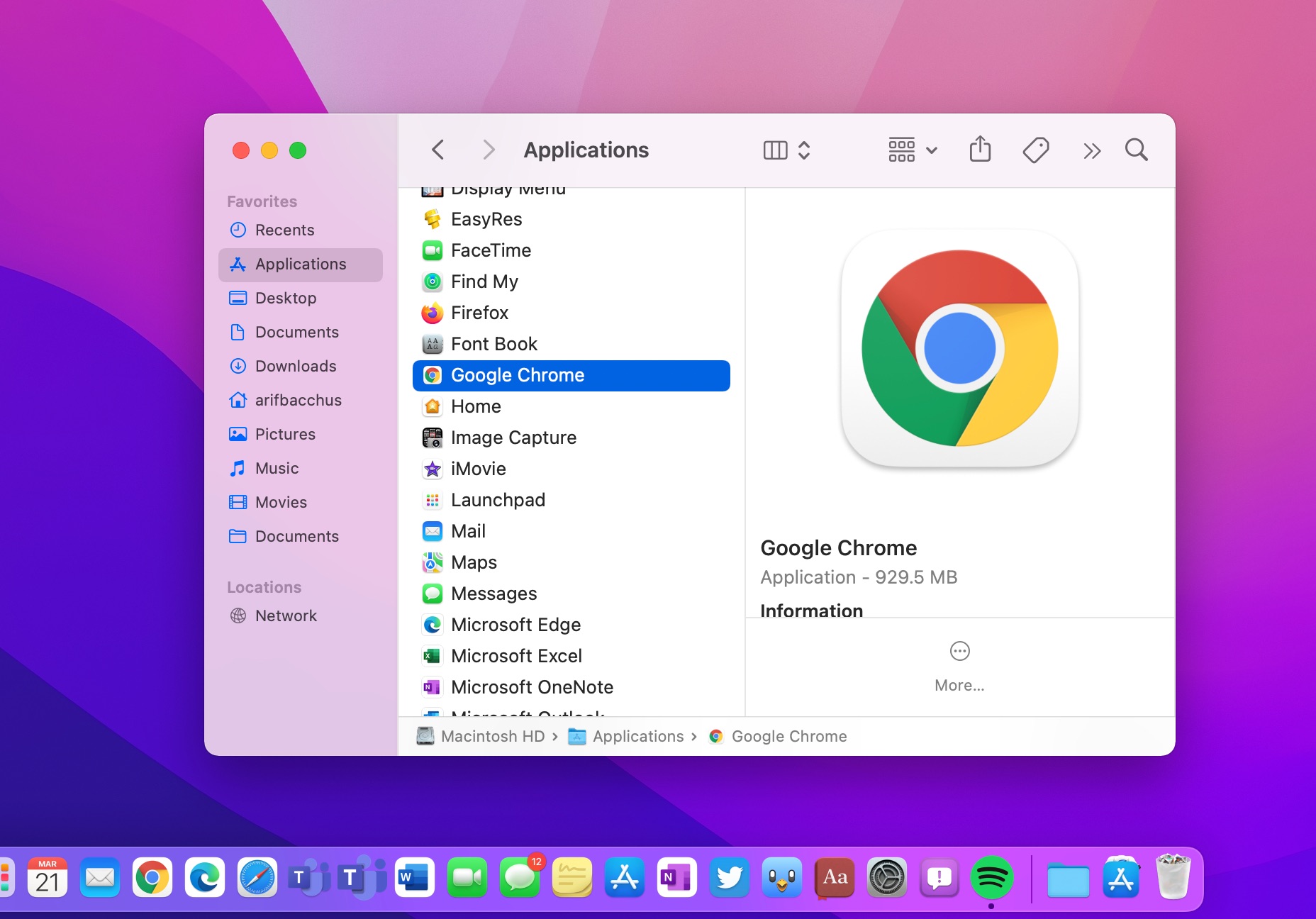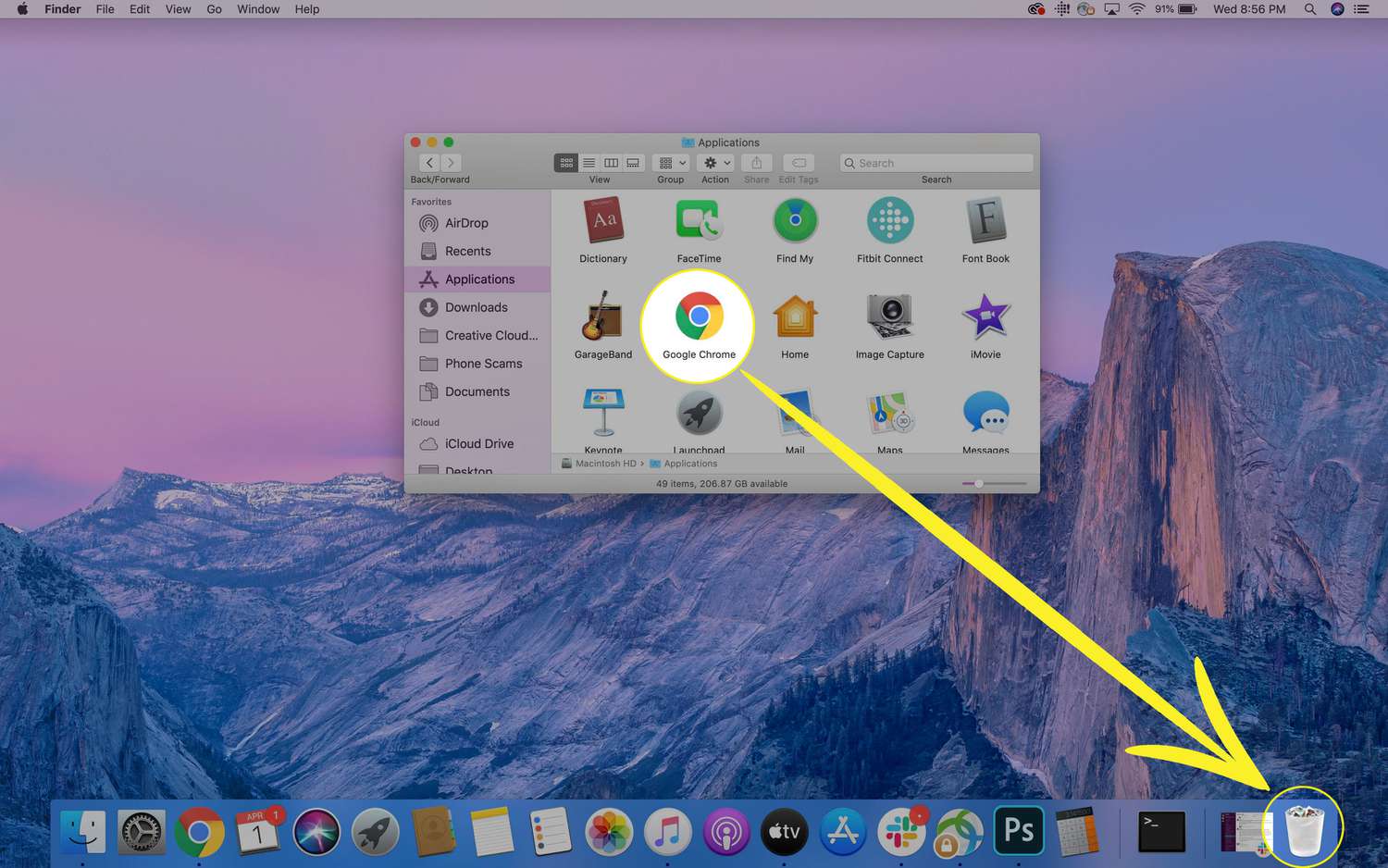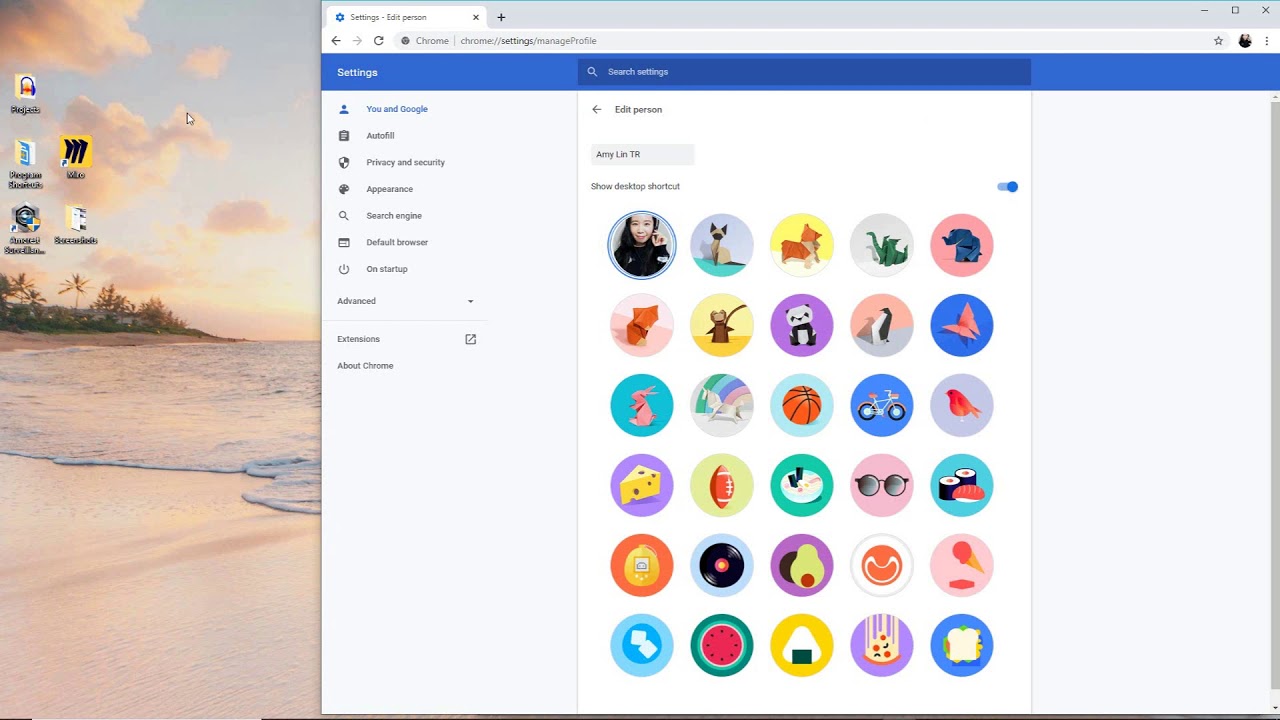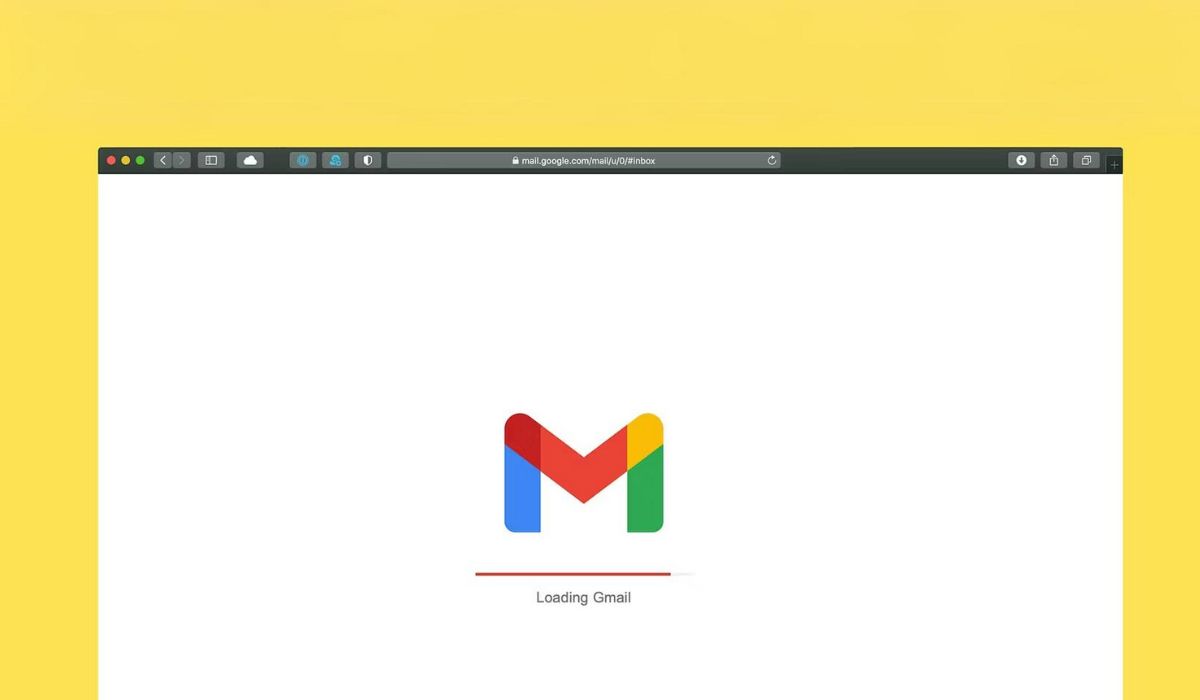Introduction
Google and Chrome are two widely used products developed by the tech giant Google. While they are often used interchangeably, they serve distinct purposes and have unique features. Understanding the difference between Google and Chrome is essential for maximizing their potential and leveraging their capabilities effectively.
Google, a multinational technology company, offers a diverse range of products and services, including its popular search engine, Gmail, Google Maps, Google Drive, and more. On the other hand, Chrome is a web browser developed by Google, known for its speed, simplicity, and security features. Despite their close association, Google and Chrome are distinct entities with separate functionalities.
In this article, we will delve into the history and features of Google and Chrome, highlighting their individual attributes and exploring how they complement each other. By gaining a deeper understanding of these two products, users can harness their full potential and optimize their online experiences. Let's embark on a journey to unravel the unique characteristics of Google and Chrome, shedding light on their evolution and the distinctive benefits they offer to users worldwide.
History of Google
Google, founded by Larry Page and Sergey Brin in 1998, emerged as a groundbreaking search engine that revolutionized the way people accessed information on the internet. The company's humble beginnings in a garage in Menlo Park, California, marked the inception of a technological powerhouse that would shape the digital landscape for years to come.
The journey of Google can be traced back to the innovative algorithm developed by Page and Brin, known as PageRank, which significantly improved the accuracy and relevance of search results. This algorithm formed the foundation of Google's search engine, enabling users to find information with unprecedented efficiency and precision.
In the early 2000s, Google expanded its offerings beyond search, introducing a range of services such as Gmail, Google Maps, Google News, and Google Images. These products solidified Google's position as a multifaceted technology company, catering to diverse needs and preferences of users across the globe.
The company's commitment to innovation and user-centric design led to the development of Android, an open-source mobile operating system that transformed the smartphone industry. Google's acquisition of YouTube in 2006 further diversified its portfolio, establishing a dominant presence in the realm of online video content.
Google's evolution continued with the introduction of cloud-based services, including Google Drive and Google Photos, empowering users to store, access, and share data seamlessly. The company's foray into artificial intelligence and machine learning further underscored its dedication to advancing cutting-edge technologies and enhancing user experiences.
Over the years, Google's influence extended beyond digital products, encompassing initiatives in renewable energy, healthcare, and environmental sustainability. The company's commitment to corporate social responsibility and philanthropy underscored its broader impact on society, transcending its role as a technology provider.
As Google's journey unfolded, it became synonymous with innovation, reliability, and accessibility, shaping the way people connect, explore, and interact in the digital age. The company's unwavering dedication to empowering users and fostering technological advancements continues to define its legacy, paving the way for a future where possibilities are limitless.
This brief overview of Google's history encapsulates its remarkable evolution from a pioneering search engine to a multifaceted technology conglomerate, leaving an indelible mark on the global digital landscape.
History of Chrome
The history of Chrome traces back to the early 2000s when the landscape of web browsers was dominated by Internet Explorer, Firefox, and Safari. Google, with its growing suite of web-based applications and services, recognized the need for a faster, more secure, and user-friendly browser to complement its evolving ecosystem. This led to the inception of Chrome, Google's innovative web browser that aimed to redefine the browsing experience for users worldwide.
In September 2008, Google unveiled Chrome, marking its entry into the competitive browser market. The launch emphasized Chrome's key attributes, including speed, simplicity, and security. One of the defining features of Chrome was its minimalist design, with a clean and uncluttered interface that prioritized the content being viewed. This approach resonated with users seeking a streamlined and intuitive browsing experience.
Underpinning Chrome's performance was the V8 JavaScript engine, designed to enhance the speed and responsiveness of web applications. This technological advancement positioned Chrome as a frontrunner in executing complex web-based tasks with remarkable efficiency, setting a new standard for browser performance.
Moreover, Chrome introduced the concept of sandboxing, a security feature that isolated each tab and plugin within a confined environment, mitigating the impact of potential vulnerabilities and enhancing overall browsing safety. This proactive approach to security bolstered user confidence and positioned Chrome as a reliable platform for accessing the web securely.
As Chrome evolved, Google integrated additional features such as built-in phishing and malware protection, automatic updates to ensure the latest security patches, and seamless synchronization with Google accounts, enabling users to access their personalized settings and preferences across devices.
The browser's expansion to support extensions further enriched the browsing experience, allowing users to customize Chrome with a diverse array of add-ons and enhancements tailored to their specific needs. This flexibility and extensibility contributed to Chrome's appeal, catering to a wide spectrum of user preferences and requirements.
Over the years, Chrome's market share surged, solidifying its position as one of the most widely used web browsers globally. Its compatibility with various operating systems, including Windows, macOS, and Linux, reinforced its accessibility and broadened its user base.
The evolution of Chrome reflects Google's commitment to innovation and user-centric design, as the browser continues to undergo enhancements and optimizations to meet the evolving demands of the digital landscape. With a focus on speed, security, and versatility, Chrome remains a cornerstone of the modern browsing experience, embodying Google's dedication to empowering users with a seamless and efficient web platform.
This overview of the history of Chrome encapsulates its transformative journey from a pioneering browser to a ubiquitous and feature-rich application, shaping the way users navigate the digital realm with unparalleled speed, security, and convenience.
Features of Google
Google, as a multifaceted technology company, offers an extensive array of features and services that cater to diverse user needs and preferences. These features encompass a wide spectrum of functionalities, ranging from information retrieval and communication to productivity tools and cloud-based services. Here are some key features that exemplify Google's comprehensive offerings:
-
Search Engine Dominance: Google's search engine stands as the cornerstone of its features, providing users with unparalleled access to information across the web. With its advanced algorithms and intuitive interface, Google Search delivers relevant and accurate results, empowering users to explore a vast repository of knowledge with ease.
-
Gmail: As one of the most widely used email services globally, Gmail offers a seamless communication platform with robust features such as efficient spam filtering, integrated chat functionality, and extensive storage capacity. Its intuitive interface and integration with other Google services make it a preferred choice for personal and professional communication.
-
Google Maps: Revolutionizing navigation and location-based services, Google Maps provides detailed maps, real-time traffic updates, and comprehensive business listings. Its satellite imagery and street view features offer immersive exploration, while its integration with mobile devices ensures seamless navigation on the go.
-
Google Drive: Offering cloud storage and file synchronization, Google Drive enables users to store, access, and share documents, photos, and videos across devices. Its collaborative features, including real-time editing and commenting, facilitate efficient teamwork and document management.
-
Google Photos: With its advanced image recognition and organization capabilities, Google Photos simplifies the management and sharing of photos and videos. Its automatic backup and synchronization features ensure that precious memories are securely preserved and easily accessible.
-
Google Assistant: Leveraging artificial intelligence, Google Assistant provides voice-activated assistance for tasks such as setting reminders, managing schedules, and accessing information. Its integration with smart devices and seamless interaction across platforms enhances user convenience and productivity.
-
Google Workspace: Formerly known as G Suite, Google Workspace offers a suite of productivity tools, including Google Docs, Sheets, and Slides, facilitating collaborative document creation and editing. Its seamless integration with Gmail and Google Drive streamlines workflow and enhances productivity.
-
Google Chrome: While not a product of Google, the Chrome web browser is closely associated with the company and is often considered a part of its ecosystem. Chrome's speed, security features, and extensive library of extensions contribute to a seamless and personalized browsing experience for users.
These features collectively exemplify Google's commitment to innovation, user-centric design, and seamless integration across its diverse range of products and services. By continually enhancing and expanding its offerings, Google remains at the forefront of empowering users with versatile and impactful digital tools.
This comprehensive suite of features underscores Google's dedication to enriching the digital experience for users worldwide, fostering connectivity, productivity, and exploration in the ever-evolving digital landscape.
Features of Chrome
Chrome, Google's innovative web browser, boasts a myriad of features that have solidified its position as a frontrunner in the browsing landscape. From its inception, Chrome has been synonymous with speed, security, and versatility, offering users a seamless and efficient platform for navigating the web. Here are the key features that exemplify Chrome's exceptional capabilities:
-
Speed and Performance: Chrome is renowned for its exceptional speed, attributed to the V8 JavaScript engine that powers its performance. This engine optimizes the execution of web applications, resulting in swift loading times and seamless navigation across websites and web-based applications.
-
Sleek and Intuitive Interface: Chrome's minimalist design and uncluttered interface prioritize the content being viewed, providing users with a visually engaging and distraction-free browsing experience. The clean layout and intuitive navigation contribute to a seamless user interface that enhances overall usability.
-
Robust Security Features: Chrome incorporates advanced security measures, including sandboxing, which isolates each tab and plugin within a confined environment to mitigate the impact of potential vulnerabilities. Additionally, Chrome offers built-in phishing and malware protection, ensuring a secure browsing environment for users.
-
Cross-Device Synchronization: Chrome's seamless synchronization with Google accounts enables users to access their personalized settings, bookmarks, and browsing history across devices. This feature facilitates a consistent and personalized browsing experience, irrespective of the device being used.
-
Extension Ecosystem: Chrome's support for a diverse array of extensions enriches the browsing experience, allowing users to customize the browser with add-ons tailored to their specific needs. From productivity tools to ad blockers and themes, the extension ecosystem enhances Chrome's versatility and functionality.
-
Automatic Updates: Chrome's automatic update mechanism ensures that users have access to the latest security patches and feature enhancements, promoting a secure and up-to-date browsing experience without requiring manual intervention.
-
Compatibility and Accessibility: Chrome's compatibility with various operating systems, including Windows, macOS, and Linux, underscores its accessibility and broadens its user base. Its seamless integration with Google services further enhances its appeal to users within the Google ecosystem.
-
Developer Tools: Chrome offers a comprehensive set of developer tools that empower web developers to debug, profile, and optimize their web applications effectively. These tools contribute to a robust development environment and facilitate the creation of cutting-edge web experiences.
The culmination of these features positions Chrome as a versatile, secure, and user-centric web browser that continues to evolve to meet the dynamic demands of the digital landscape. Its commitment to speed, security, and innovation underscores its enduring relevance as a cornerstone of the modern browsing experience.
This comprehensive suite of features underscores Chrome's dedication to enriching the digital experience for users worldwide, fostering seamless navigation, robust security, and personalized customization in the ever-evolving web ecosystem.
Comparison of Google and Chrome
Google and Chrome, both products of the tech giant Google, serve distinct purposes and offer unique features that cater to diverse user needs. While Google encompasses a multifaceted technology ecosystem with a wide array of products and services, Chrome stands as a pioneering web browser renowned for its speed, security, and versatility. Contrasting their functionalities and attributes provides valuable insights into their individual contributions to the digital landscape.
Google: A Multifaceted Technology Ecosystem
Google, with its expansive suite of products and services, embodies a multifaceted approach to empowering users across various domains. From its dominant search engine to productivity tools and cloud-based services, Google's offerings span a diverse spectrum of functionalities. Its commitment to innovation, accessibility, and seamless integration underscores its role as a comprehensive digital companion for users worldwide.
Chrome: A Pioneering Web Browser
In contrast, Chrome stands as a frontrunner in the web browsing arena, emphasizing speed, security, and user-centric design. Its minimalist interface, robust performance, and extensive library of extensions position it as a versatile platform for navigating the web with unparalleled efficiency. Chrome's evolution has been characterized by a relentless focus on enhancing the browsing experience and setting new benchmarks for speed and security.
Distinguishing Attributes
While Google encompasses a broad range of services, including search, email, maps, cloud storage, and productivity tools, Chrome is dedicated to providing a seamless and secure browsing experience. Google's emphasis on information retrieval, communication, and collaboration aligns with its diverse portfolio, while Chrome's focus on web navigation, performance, and customization distinguishes it as a specialized tool within the Google ecosystem.
Complementary Synergy
Despite their distinct functionalities, Google and Chrome exhibit complementary synergy, with Chrome serving as the gateway to accessing Google's diverse array of services. The seamless integration between Google accounts and Chrome facilitates a cohesive user experience, allowing for cross-device synchronization and personalized browsing settings. This symbiotic relationship underscores the interconnectedness of Google's ecosystem, where Chrome plays a pivotal role in enabling users to leverage Google's expansive offerings seamlessly.
Evolving User Experiences
As Google continues to innovate and expand its product portfolio, the integration of Chrome as a central component underscores the company's commitment to enhancing user experiences across the digital landscape. The seamless interplay between Google's services and Chrome's browsing capabilities reflects a cohesive approach to empowering users with a unified and impactful digital environment.
In essence, the comparison of Google and Chrome highlights their complementary roles within the broader Google ecosystem. While Google encompasses a diverse range of products and services, Chrome stands as a specialized tool dedicated to delivering a seamless and secure web browsing experience. Their interconnectedness underscores the cohesive synergy that enriches user experiences and exemplifies Google's commitment to empowering users across the digital realm.
Conclusion
In conclusion, the distinction between Google and Chrome illuminates the multifaceted nature of Google's offerings and the specialized focus of Chrome as a web browser. Google, with its diverse suite of products and services, embodies a comprehensive approach to empowering users across various domains, including information retrieval, communication, productivity, and cloud-based solutions. On the other hand, Chrome stands as a pioneering web browser renowned for its speed, security, and versatility, offering users a seamless and efficient platform for navigating the web.
The comparison of Google and Chrome underscores their complementary roles within the broader Google ecosystem. While Google encompasses a broad range of services, including search, email, maps, cloud storage, and productivity tools, Chrome is dedicated to providing a seamless and secure browsing experience. This distinction highlights the interconnectedness of Google's ecosystem, where Chrome serves as the gateway to accessing Google's diverse array of services, facilitating cross-device synchronization and personalized browsing settings.
Furthermore, the evolution of Google and Chrome reflects a cohesive approach to enhancing user experiences across the digital landscape. The seamless integration between Google's services and Chrome's browsing capabilities exemplifies Google's commitment to empowering users with a unified and impactful digital environment. As Google continues to innovate and expand its product portfolio, the integration of Chrome as a central component underscores the company's dedication to delivering a cohesive and enriching digital experience for users worldwide.
Ultimately, the synergy between Google and Chrome exemplifies the seamless interplay of diverse functionalities and specialized capabilities, culminating in a holistic digital ecosystem that empowers users to connect, explore, and interact with unparalleled efficiency and convenience. This cohesive relationship underscores Google's enduring commitment to innovation, accessibility, and user-centric design, shaping the way individuals navigate and engage within the digital realm.
In essence, the distinction between Google and Chrome serves as a testament to Google's multifaceted approach to empowering users and Chrome's specialized dedication to delivering a seamless and secure web browsing experience. Together, they embody the interconnectedness and synergy that define Google's ecosystem, fostering a unified and impactful digital environment for users worldwide.

























